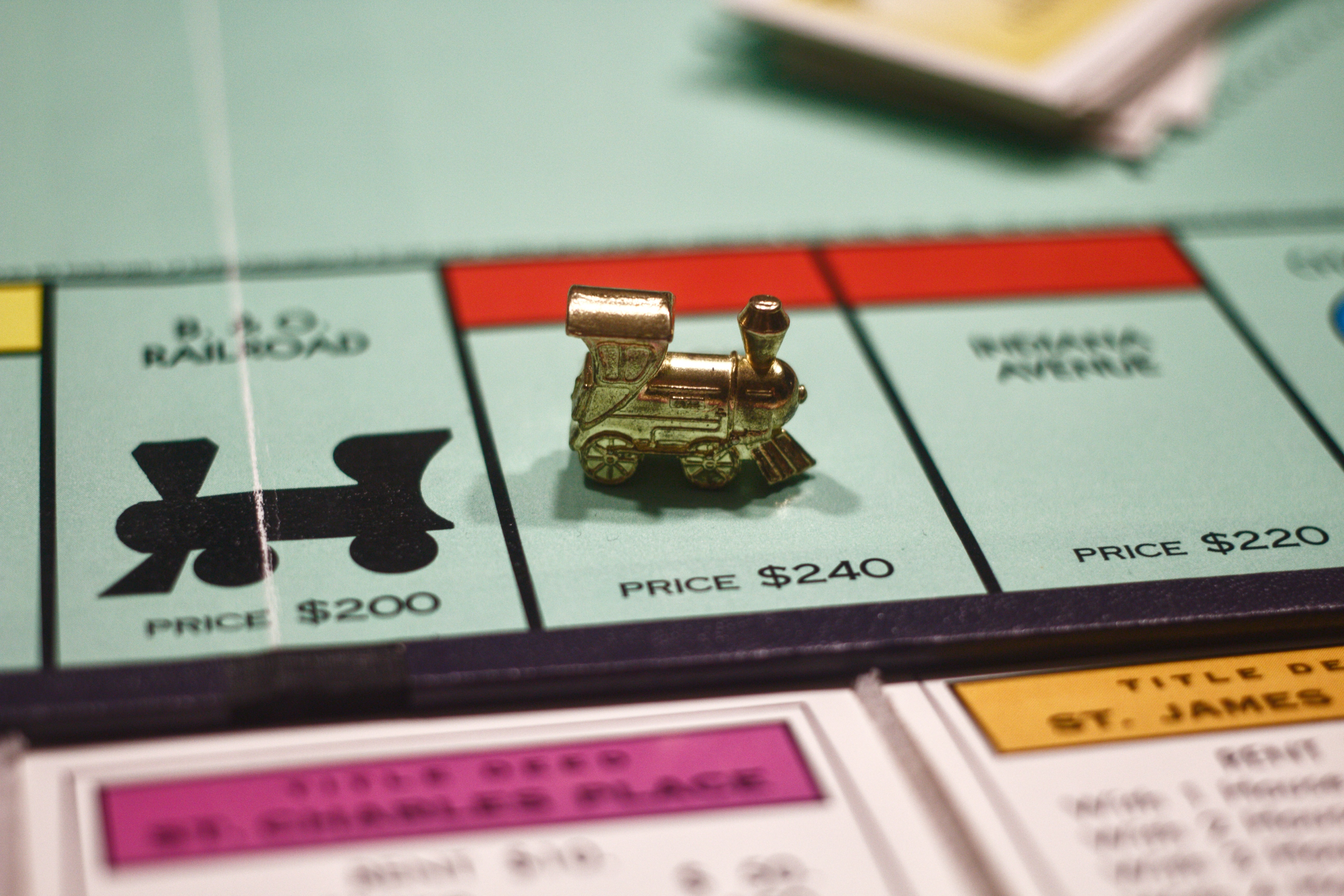The Buy a Feature Game
5 min
4+

‘Buy a feature’ is a simple but awesome technique to let a broad range of participants help you prioritize your backlog.
What is the ‘Buy a Feature’ game?
In this game we add a price tag on each feature based on their complexity to implement, and players are given a stack of (monopoly) cash with which they can go on a shopping spree. By being mean and only providing enough cash to buy a limited set of features, each player is forced to select only those features they want most.
This game is great because you can not only play it with users, but also with other stakeholders, even with management or investors if you like their input, or your customers if these are not the same as your users (e.g. health insurances).
‘Buy a feature’ is a great means of exploring which features people are likely to find desirable in a product. Will someone blow their entire budget on a few monster features or instead buy lots of smaller ones? at the end of the day, you check which features you sold how often. And this helps you prioritize your backlog. Easy and effective, ain’t it? Here’s how to play
You’ll need
Paper
Pencils
Monopoly money (or any other game money)
A selling mood

Step 1: Prepare your features
Select your features
First, choose a list of feature you want to sell in your little “product shop”. Select from any source you please: User suggestions, competition analysis, user research, internal workshops…
Make sure they are user facing features. It’s unlikely that users (or other external stakeholders) will understand the value of features such as analytics tools on your database so that Marketing can better target they campaigns.
Describe what you’re selling
For each feature prepare a description which outlines what the feature does and what are its benefits to users. Ideally, put each of these descriptions on a paper in a card-sized format. The goal is that each participant will get one complete deck of your feature cards (descriptions). This will come in handy, because many participants like to make different piles (such as a “maybe” pile) when choosing the features they want to buy.
If you have wireframes or prototypes, great. But make sure that every feature has one, then — you don’t want to bias your potential buyers by providing visual appeal to some and not to others.
Also, try not to display too many features in your “shop window” as your participants will have to read through all of them and might have questions — if you got many features this could take a long time. 20–25 should be the absolute maximum.
Add a price tag
For each feature you will also need to assign a price related to the complexity to implement the feature. Prices should be relative, so for example a feature that is twice as complex (and hence costly) to implement as another should be twice as expensive.
Hand out the 💰💰💰
Once you’ve priced features and created feature cards you’ll need to determine how much money you will provide to your participants. Too much and people won’t have to think too hard about the features they buy; too little and they won’t be able to buy the features they need. As a rule of thumb, provide enough money so that people can buy between 1/3 and 1/2 of your features.
Step 2: Shopping day
Invite your participants: This can be any number of people or even 1-on-1. You can decide whether the whole group has to spend the money together or whether everyone get’s a pile of cash with which they can buy individually. The former approach is nice because it stimulates discussion among participants. Just make sure then to keep the group size moderate — 4 should be the maximum. The latter approach will give you an additional data point to help your prioritize — how many items were sold of one feature and is there “consensus” or not?
The game can be done in relatively short time, maybe 30 to 45 minutes, depending on how many features participants have to read through.
With the money dished out and features presented, players can then start buying features. Because features often require a bit more explanation, and of course because you want to find out why something has been bought, it can be a good idea for you to play the role of shop keeper during the game. The shop keeper sells the features, answers any questions and takes payment when a feature is purchased. In order to buy a feature players might give the shop keeper the money required and outline exactly why they want that feature. The game continues until all the money has been spent, or all the features wanted by players have been purchased. Make it clear to players that it’s OK for money to be left over at the end because you don’t want people buying features just to get rid of their unspent cash.
If getting time with people is very difficult then you could also set-up a features spreadsheet to send out. This isn’t as useful as playing the game face-to-face because you’re not able to fully explore why a feature has been purchased. It can however be a useful alternative.
Step 3: Cash Check
Aye, you’ve made quite some revenue today. So, let’s see how this helps you prioritize your features.
If you played the game as a group — that is a whole group has to spend all the money together — then it’s easy: Whatever the group bought will be the feature set you want to build. No further prioritization except maybe from the notes you took.
In case every player had their own money to spend, see which feature got bought how often. The feature bought most often will be your highest prioritization and so on. Make sure to possibly exclude all features that only got bought once or — in case you had many participants — twice.
Got questions, ideas or remarks on this method? Join the conversation on